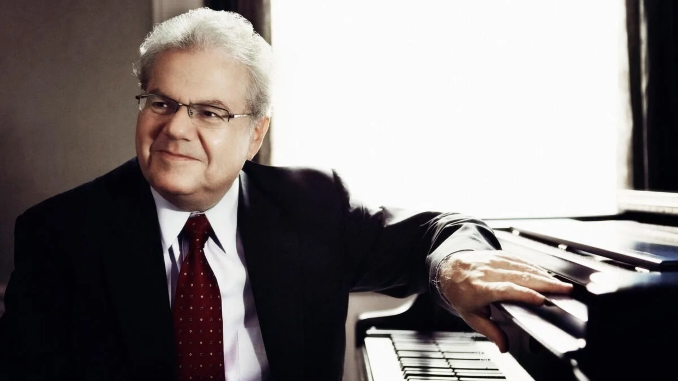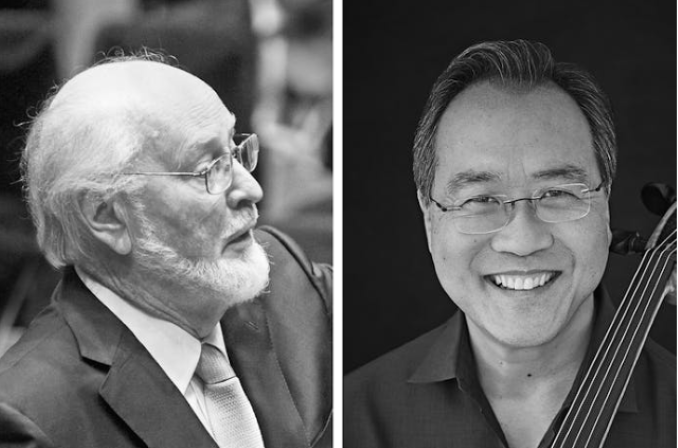Last year’s Leonard Bernstein biopic Maestro saw Bradley Cooper step into the shoes (and unfortunate prosthetic nose) of the fabled conductor/composer for a surprisingly decent, if not particularly nuanced, account of New York’s most famous classical music export. Bernstein’s legendary tenure at the New York Philharmonic, where he established his as-yet unsurpassed reputation as the world’s foremost interpreter of Mahler – all while bringing children’s concerts to the televised masses – is rightly acclaimed in the annals of performance history. Films like Maestro and Todd Field’s recent Tár have done serviceable jobs of capturing something of that spirit, but – as I recently heard uttered by playwright John Patrick Shanley ahead of a performance of his latest play, “If you were there, you were there. And if you weren’t, you weren’t.”
For the past few weeks, the Toronto Guardian has been there, soaking up the New York arts scene with long-overdue visits to some of the world’s best museums, concert venues, and stranger, liminal spaces. In a couple of instances, we really were there there, at extraordinary moments that will never be replicated. Read on, for more on the Toronto Guardian’s guide to New York City’s arts scene, including what to look forward to in the coming year.

Under the baton of guest conductor Eun Sun Kim (music director of the San Francisco Opera), the concert we attended began with an expert rendition of Sibelius’s Finlandia – despite popular misconception, not Finland’s national anthem, though the shortly-lived African state of Biafra (1967-1970) did briefly use it! – Kim proved equally adept at leading Rachmaninoff’s Symphony No. 3 in A minor, Op. 44 (1936), an underrated late masterpiece.
The centrepiece of the evening, however, was Hillborg’s Piano Concerto No. 2, The MAX Concerto, so named for its composition for Emanuel (“Manny”) Ax himself. The piece premiered last year with the San Francisco Symphony, and its New York debut was hotly anticipated by fans of Manhattan’s own Ax (who, it should be noted, grew up in Winnipeg). The MAX is a great deal of fun, a lively series of uninterrupted movements with the type of dramatic flourishes that might be expected of the great Romantic composers, albeit with a modern, occasionally atonal twist.
Upcoming highlights of the NY Phil season include: pianist Conrad Tao plays Beethoven (March 16/19), capital-L Legend Herbie Hancock in performance (March 26), the Spring Gala with guest Gustavo Dudamel (April 24), and so much more.

The big event came after intermission when Williams took up the baton for a rousing Greatest Hits rendition featuring (and trust me I didn’t need the programme to ID these) selections from E.T., Star Wars, and Raiders of the Lost Ark, among others. It may or may not have been the case that this critic had tears in his eyes when the Star Wars theme started up.
Upcoming highlights of the Carnegie season include: Rotterdam Philharmonic (March 9), Orchestre de Paris (March 16), legendary baroque interpreter Jordi Savall (April 3), pianist Mitsuko Uchida (April 9), the Danish String Quartet (April 18), and so much more.
On a similar theme, we were also lucky enough to finally set foot in the McKittrick Hotel, site of Punchdrunk Entertainment’s immersive theatre piece Sleep No More. A lot of ink has been spilt over Punchdrunk and Sleep No More – including on this site – so all we will say here is that, with the final dates set for April 2024, it’s not too late to pay a visit to the New York theatrical event of, well, this century so far.

Although the Met’s modern/contemporary collection is quite good, the place to be for post-19th century art is the Museum of Modern Art (MoMA). In addition to the standard Warhols (sigh) and Lichtensteins (yay!), MoMA is also home to masterpieces by Rothko, Kandinsky, Miró (including the piece that made this writer fall in love with abstract expressionism), Van Gogh (including Starry Night), Dali’s Persistence of Memory, some remarkable Monet Water Lilies, and Andrew Wyeth’s lesser known, deeply sympathetic Christina’s World. Upcoming exhibitions include: the extraordinary socially conscious work of Käthe Kollwitz (March 31–July 20, 2024), Crafting Modernity: Design in Latin America, 1940–1980 (March 8–September 22, 2024), and more.
As for what’s next for your Toronto Guardian fellow travellers? Stay tuned, as more fun journeys are on the horizon, including, time permitting, a couple more jaunts down to New York to check out all the things we missed last time, including new Broadway and Off-Broadway shows, a return visit to the Met Opera, and, once it finally reopens, the newly remodelled Frick Collection (which, hey, has a few more Vermeers to check out too!).
***
For more Toronto Guardian travel coverage, check out our features on the Toronto Islands, a geeky guide to Japan, and a summer in Croatia.



